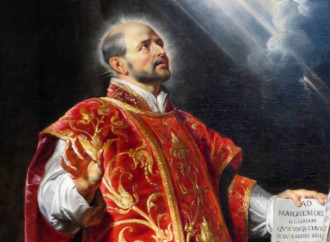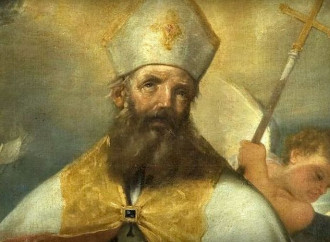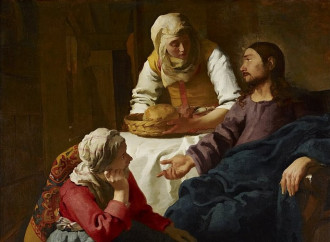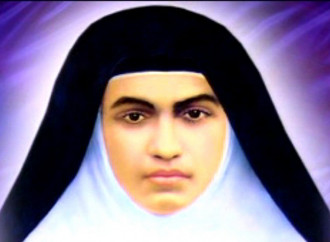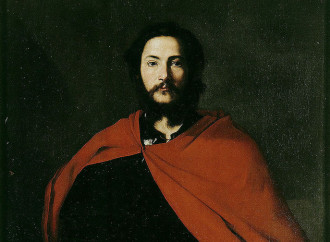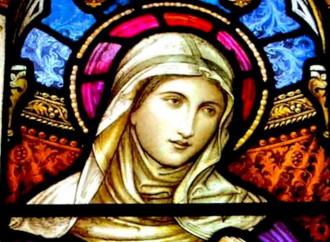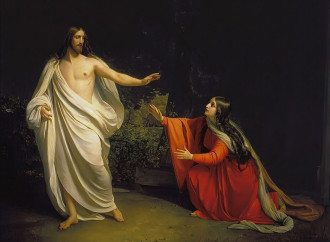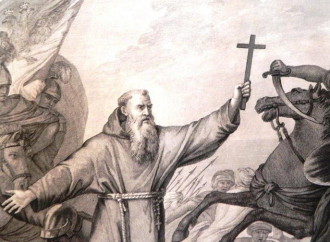Saint Ignatius of Loyola
Before choosing holiness and consecrating his life to the greater glory of God, Saint Ignatius of Loyola had had a rather turbulent youth...
Saint Peter Chrysologus
The nickname of Chrysologus, Greek term for “golden word”, was deserved for the eloquence with which he set out the truths of faith.
Saint Martha of Bethany
Bethany is two to three kilometres from Jerusalem and is known because Jesus passed through there several times during His public life. It was the village of Lazarus (hence the name given to it by the Arabs, al-Azariya, which means “of Lazarus”) and of his two sisters Mary and Martha.
Saint Alphonsa of the Immaculate Conception
“I feel that the Lord has destined me to be an oblation, a sacrifice of suffering... I consider the day I have not suffered a lost day for me,” said Saint Alphonsa of the Immaculate Conception (1910-1946), a native of a village in the state of Kerala, India.
Saint Pantaleon
Saint Pantaleon is one of the most famous figures to have witnessed to his faith in Christ with his martyrdom during the Great Persecution (303-305). He is the patron saint of midwives and co-patron of doctors together with the famous Cosmas and Damian.
Saints Anne and Joachim
Today the Church jointly celebrates Saints Anne and Joachim, parents of the Virgin Mary and therefore elected instruments in God's plan of salvation. Their story is not told in the canonical Gospels, but appears for the first time in the apocryphal Proto Gospel of James, a text written in the middle of the second century and with Gnostic accents.
Saint James the Greater
He was the first of the Twelve to bear witness to Christ through martyrdom
Saint Charbel Makhlouf
The great Lebanese miracle worker and hermit Saint Charbel Makhlouf (1828-1898) was the fifth child of two peasants, who named him Youssef Antoun (Joseph Anthony). His father died when he was only three years old. His mother remarried two years later to a very pious man who directed him in daily prayer....
Saint Bridget of Sweden
On 1 October 1999, she was proclaimed by John Paul II Co-Patroness of Europe, for good reason. Saint Bridget of Sweden (1303-1373) is in fact one of those models of holiness capable of containing multiple vocations, which make her one of the richest and most luminous figures of the 14th century as well as a constant spur towards Christian perfection.
Saint Mary Magdalene
She was able to accept Grace and became a faithful disciple of Jesus, deserving of being called “Apostle of the Apostles”.
Saint Lorenzo da Brindisi
He was together an ambassador of peace, a man of action, and a great theologian, proclaimed Doctor of the Church by John XXIII
Saint Apollinaris
The two early Christian basilicas of Ravenna that bear his name, Sant'Apollinare in Classe and Sant'Apollinare Nuovo, are known all over the world thanks to their splendid mosaics.

